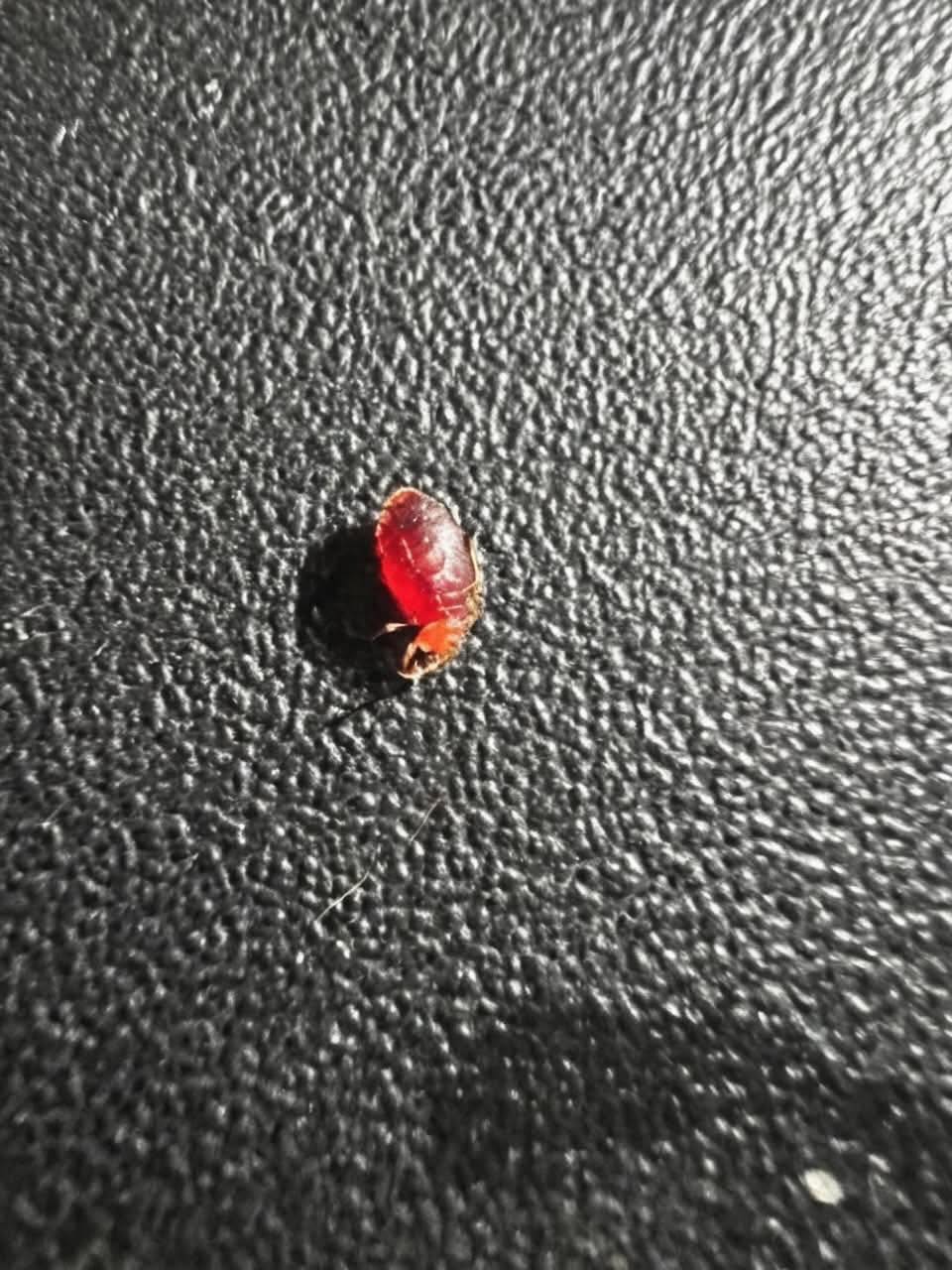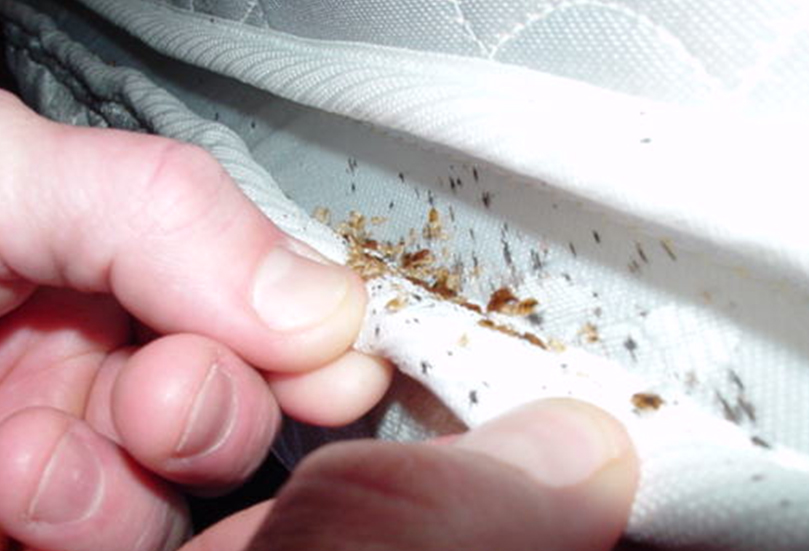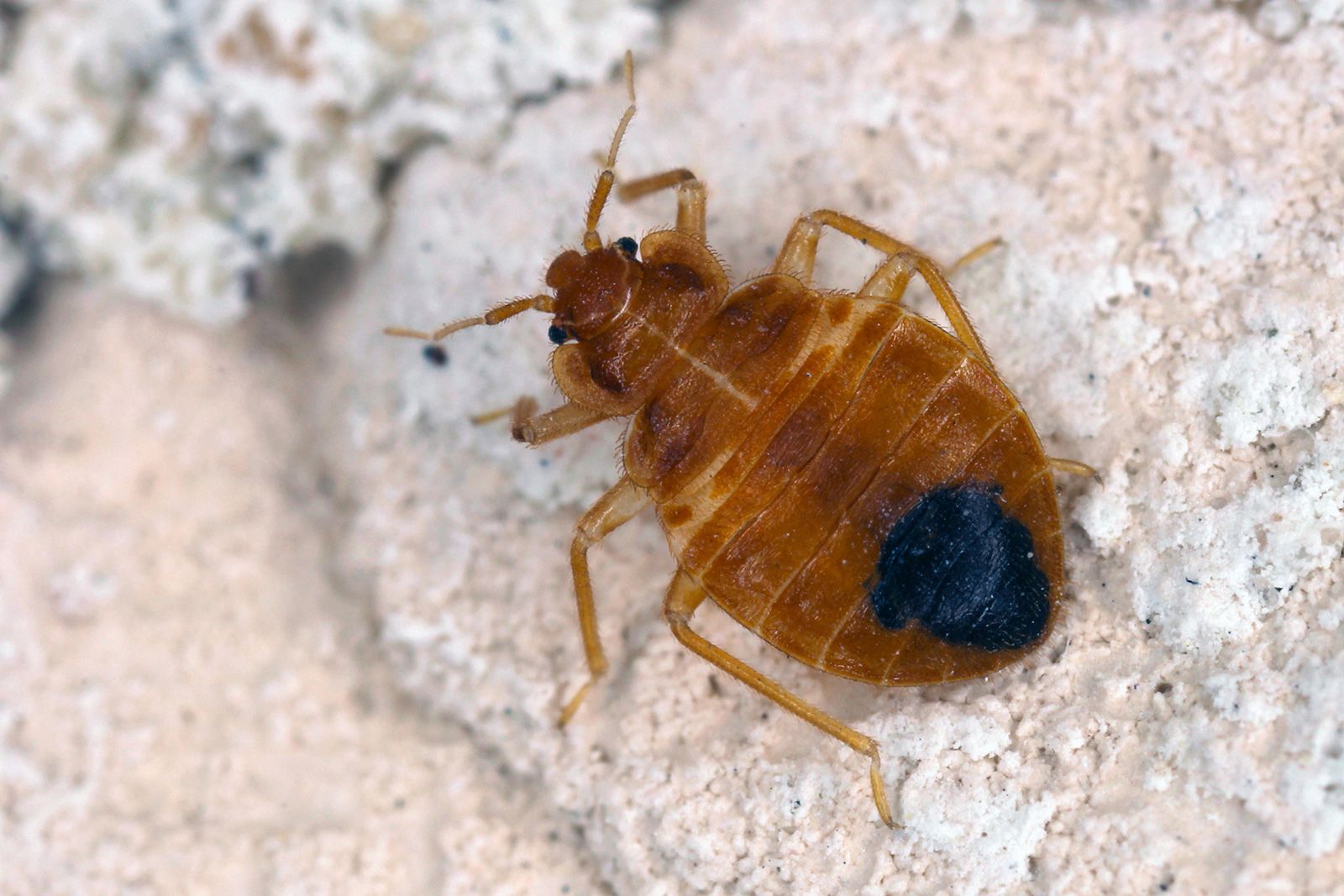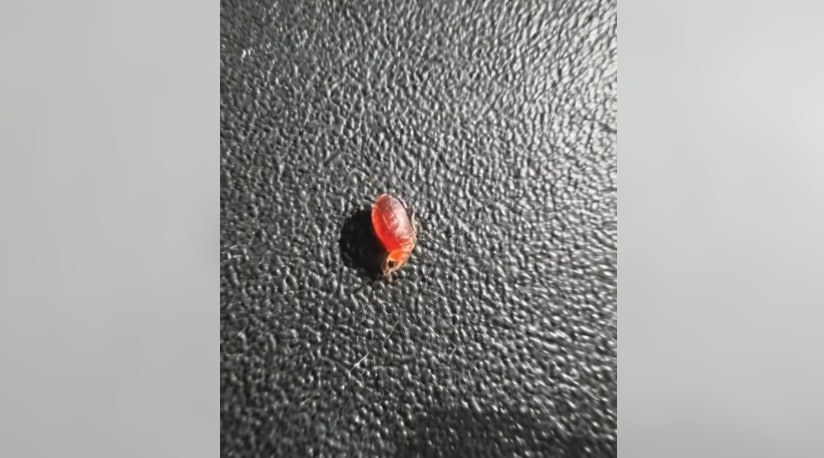How to Effectively Identify and Eliminate Bed Bugs in Your Home
Finding small, unsettling insects in your home can cause significant distress, particularly when they frequently appear in bedrooms or around sleeping areas. Often, these pests turn out to be bed bugs (Cimex lectularius) — minuscule, reddish-brown insects that thrive on human blood, primarily during the night. Although bed bugs are not known to transmit diseases, their presence can lead to itchy bites, allergic reactions, and disturbed sleep patterns. Early detection and decisive action are crucial to prevent a more extensive infestation. This article will delve deeper into identification techniques, effective treatment methods, and preventive measures to ensure that your living space remains bug-free.
Recognizing the Signs of Bed Bugs
Bed bugs can be easily mistaken for other harmless household insects, which can complicate the identification process. To effectively recognize them, look out for the following key indicators:
Physical Appearance: Adult bed bugs are small, flat, and oval-shaped, generally ranging from 4 to 5 millimeters in size, and are characterized by their reddish-brown color. After feeding, their appearance may change to a darker hue, becoming more swollen and elongated. Juvenile bed bugs, or nymphs, are smaller and lighter in color, making them harder to spot. Understanding their physical traits is essential as you conduct your inspections.
Hiding Spots: Bed bugs are notorious for seeking refuge in secluded areas. Common hiding spots include mattress seams, bed frames, headboards, curtain folds, and even behind wall outlets or baseboards. They may also hide in luggage, backpacks, and second-hand furniture. Their propensity to hide makes them particularly hard to spot without a thorough inspection. To illustrate, a thorough investigation of a recently acquired piece of furniture might save you from an infestation that could otherwise spread throughout your home.
Evidence of Activity: Look for tiny black spots, which are actually droppings, as well as shed skins, eggs, or live insects. Even a single sighting of a bed bug can be a warning sign—indicative of additional pests lurking nearby, as these insects reproduce quickly. The presence of eggs, which are about the size of a pinhead and white in color, can signal a significant problem and should not be overlooked.

The Importance of Quick Action
Taking prompt action when bed bugs are suspected is crucial, as ignoring the issue can exacerbate the situation significantly. Bed bugs can quickly spread from room to room, or even from one apartment to another if left untreated. Key concerns include:
Itchy Bites: The bites of bed bugs often result in red, itchy welts that may appear in clusters or lines on the skin. This discomfort can be quite distressing, leading to sleepless nights. It’s essential to note that not everyone reacts to bed bug bites in the same way; some individuals may develop severe allergic reactions, while others might not notice any irritation at all.
Sleep Disruption: The anxiety and physical discomfort caused by repeated bites can severely disrupt sleep, leading to further health consequences. Chronic sleep deprivation may lead to issues such as decreased cognitive function, mood swings, and even serious health problems over time. The psychological toll of knowing pests are sharing your sleeping space can also contribute to insomnia and anxiety.
Allergic Reactions: Some individuals may experience stronger reactions to bed bug bites, necessitating medical attention. These reactions can vary from mild irritation to severe allergic responses. In extreme cases, bed bug bites can induce anaphylaxis, a life-threatening condition that requires immediate medical intervention. This highlights the importance of addressing any signs of infestation as soon as they are discovered.
Steps to Effectively Control Bed Bugs at Home
If you suspect a bed bug infestation, immediate action is essential. Here are several effective steps to control the situation:

Thorough Inspection: Begin by meticulously inspecting your sleeping areas. Check mattress edges, bed sheets, bed frames, and nearby furniture for signs of live bugs, droppings, or shed skins. Pay special attention to any crevices or dark spaces—bed bugs thrive in hard-to-reach areas. The more comprehensive your inspection, the better chance you have of identifying the extent of the issue.
Wash and Heat-Treat Fabrics: Wash all bedding, clothing, and linens in hot water—ideally at temperatures exceeding 60°C (140°F). Follow up by drying them on high heat to effectively kill bed bugs and their eggs. It’s also advisable to place non-washable items in the dryer on high heat for at least 30 minutes, which can help eliminate any hidden pests without damaging the fabric.
Careful Vacuuming: Use a vacuum cleaner to thoroughly vacuum your mattresses, floors, and any cracks in your furniture. Ensure you use a vacuum with a bag, and dispose of the vacuum bag or empty the canister outside immediately to prevent any bed bugs from reinfesting your home. Follow up with a damp cloth on hard surfaces to capture any remaining insects or eggs.
Utilize Bed Bug Interceptors: Consider placing bed bug interceptors under the legs of your bed. These traps will help monitor for any bugs and reduce their ability to move freely. They can serve as an early warning system and provide visual confirmation of an infestation, allowing for quicker response times.
Seek Professional Help: In many cases, enlisting the assistance of a professional pest control service is the most efficient way to eliminate bed bug infestations. Experts often employ heat treatments and specialized pesticides that are necessary for complete eradication. Professional exterminators bring extensive experience and knowledge about the most effective methods to tackle these resilient pests.

Common Mistakes to Avoid During Bed Bug Control
While addressing a bed bug issue, it’s essential to avoid certain common pitfalls that might worsen the situation:
Moving to Another Room: One of the worst mistakes homeowners can make is moving to another room to escape the problem. Bed bugs can easily follow you, spreading the infestation rather than resolving it. It’s imperative to stay put and deal with the issue in the infested area directly.
Throwing Away Furniture: Discarding infested mattresses or sofas without proper treatment can inadvertently spread bed bugs to other areas. Instead, it’s more effective to treat or contain affected items. If you must dispose of infested furniture, seal it in plastic before removal to prevent any bugs from escaping.
Relying Solely on DIY Sprays: Many people believe that over-the-counter products will successfully eliminate established infestations. However, these DIY solutions often fall short and may not address the underlying problem. While such sprays can assist in the initial stages, they should never replace comprehensive pest control measures.
Conclusion: Proactive Measures for Bed Bug Prevention
Encountering bed bugs in your home can undoubtedly be a source of stress. However, taking early action and employing effective treatment methods are essential to resolving the issue. By conducting meticulous inspections of sleeping areas, laundering fabrics at high temperatures, vacuuming thoroughly, and contacting a licensed pest control service, you can halt an infestation before it expands. Furthermore, developing a routine of regular home inspections and implementing preventive measures—such as using waterproof mattress covers and minimizing clutter—can significantly lower the risk of a re-infestation. Being proactive in safeguarding your home against these unwelcome guests will not only ensure your comfort but also your peace of mind. Remember that vigilance and education are your best defenses in the ongoing battle against bed bugs.

















